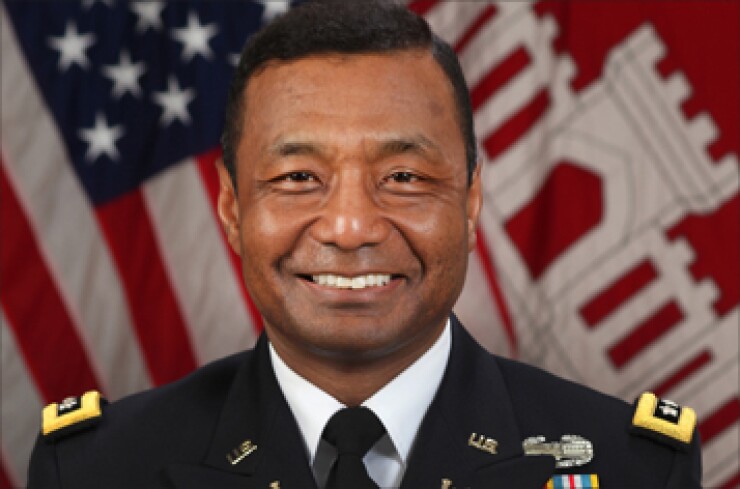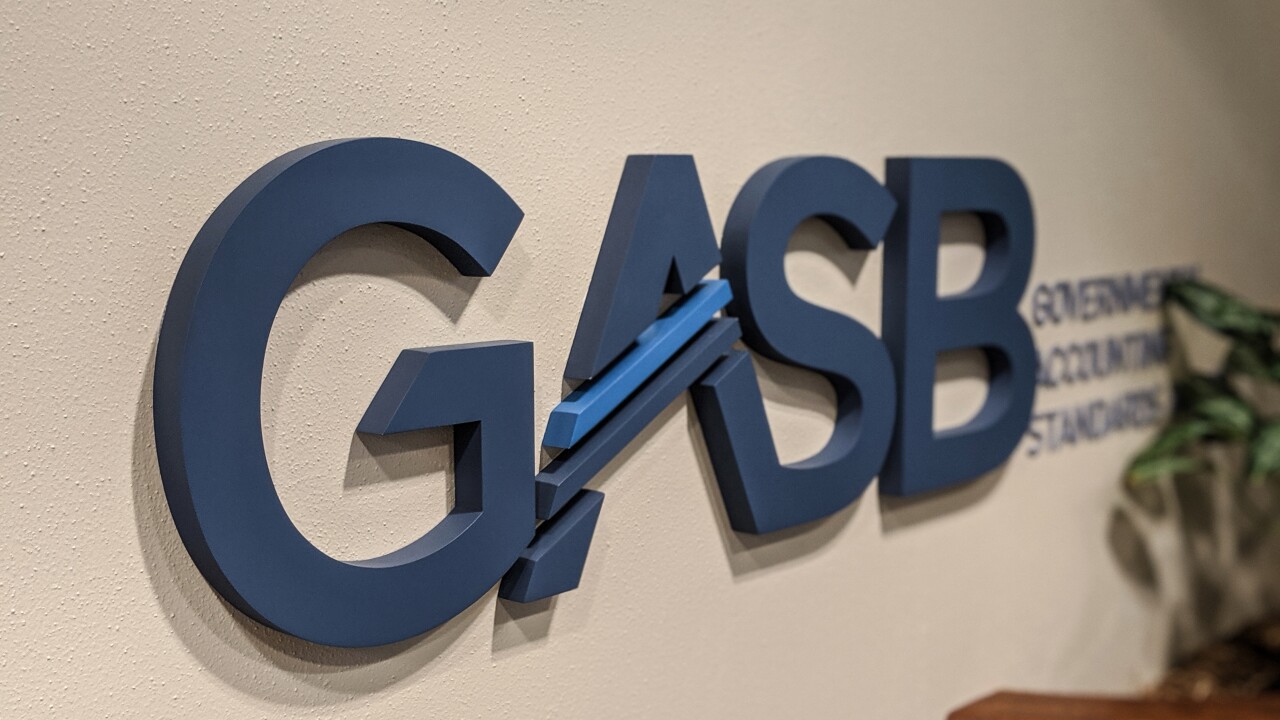
DALLAS — The commanding general of the U.S. Army Corps of Engineers is looking to public-private partnerships to help provide the billions of dollars needed to maintain and repair deteriorating civil infrastructure on U.S. waterways.
"We're going to have to work together in public-private partnerships to find some alternative financing means that come from outside the federal government," Lt. Gen. Thomas Bostick said in a June 26 interview on Federal News Radio.
"The federal government can't do this on their own," Bostick said. "We have $1.5 billion to put into projects this year, and we'd need $23.5 billion to finish the projects we're working on at the pace they are being appropriated."
The nation's deteriorating water infrastructure system is losing its ability to provide consistent, reliable service due to underfunding, he said.
"Since 2000, we've had a 50% increase in the downtime of our hydroelectric equipment," Bostick said. "Since 2009, delays and interruptions have more than doubled on our inland waterway locks and dams."
Bostick noted that 16% of Corps of Engineers dams are categorized as "extremely" or "very high" risk, which he said increases the urgency for dam safety work.
"We need to talk about public-private partnerships, where these alternative funding means come from outside the government," he said.
The Water Resources Reform and Development Act, which President Obama signed into law June 10, establishes a five-year, $175 million credit enhancement program to help leverage private investments in flood control and other projects overseen by the Corps of Engineers.
Modeled on a similar program for transportation P3 projects, the Water Infrastructure Finance and Innovation Act incorporated in WRRDA includes an identical provision for drinking water projects to be operated by the Environmental Protection Agency.
WRRDA also requires the Corps to create a P3 program that involves least 15 projects such as port improvements, inland navigation, flood control, and hurricane damage mitigation. The Corps must report to Congress after three years if the P3 pilot program is effective and recommend whether it should be expanded.
The private partner can have complete control over project management or some combination of financing, design, and construction. A P3 project that is selected for the pilot program must provide "better public and financial benefits than a similar transaction using public funding or financing," according to Section 5014 of the legislation.
Finding appropriate projects for the P3 program may be difficult, Bostick said, because much of the infrastructure does not provide obvious opportunities for the revenue needed by the private partner.
"We have to find a way to monetize the things we want the private sector to invest in," Bostick said. "At the end of the day, they need to make a profit, and we have to find ways to set up long-term contracts that will allow them to accrue benefits based on the investments they make.
"The private sector may be very passionate and want to support the government, but they have to make a profit," he said.
Bostick said he has been meeting with business executives to discuss how to structure a P3 agreement that attracts private investment.
"We are not dealmakers," he said. "We have to find ways to monetize what we want the private sector to invest in."
The Corps is proceeding carefully with development of the pilot P3s, he said.
"When it comes to public-private partnerships, I believe we are all in the infancy of deciding what is possible," Bostick said.





